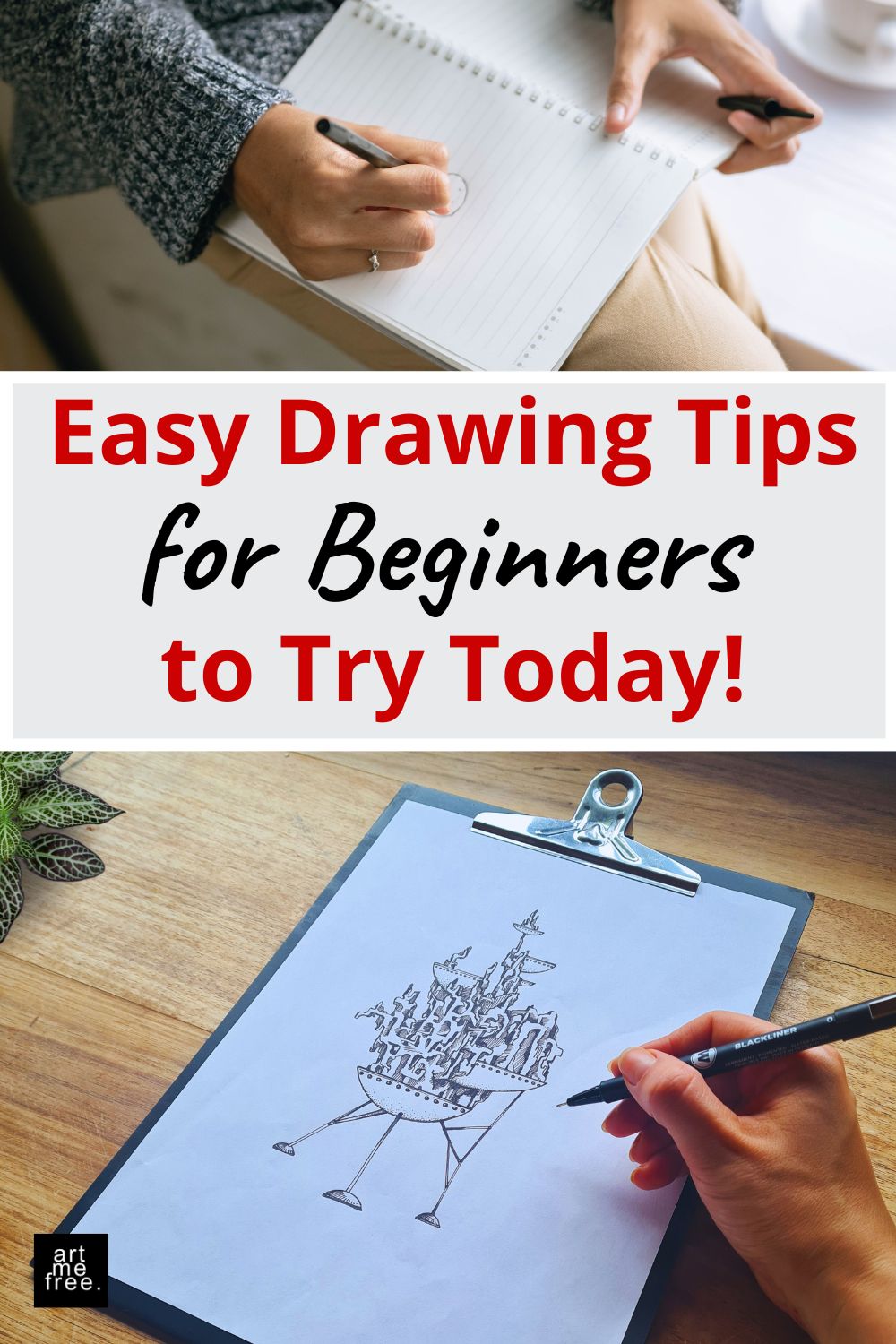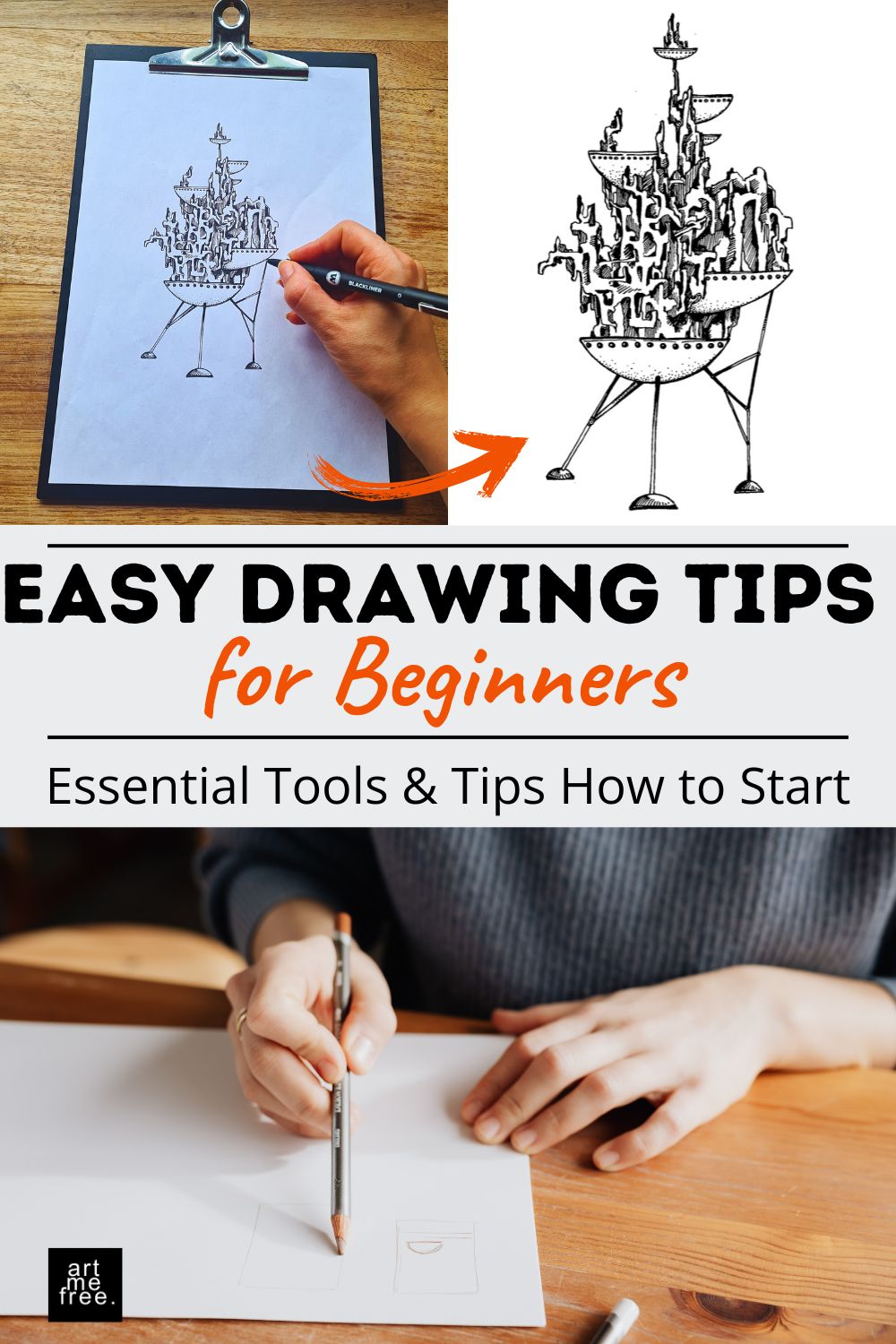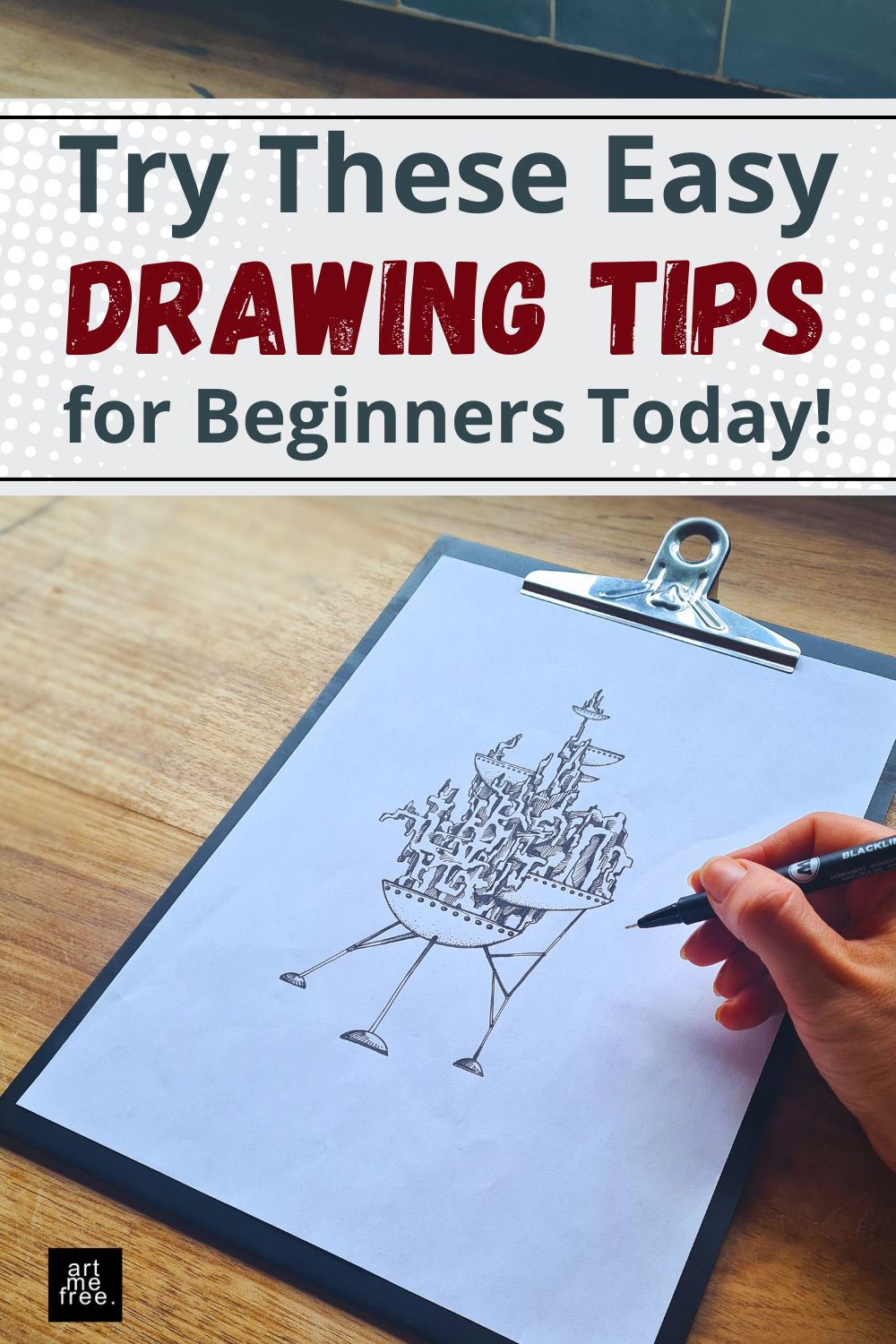
Beginning with simple techniques allows you to:
At artmefree, simplicity plays a key role in the creative process. Even the most detailed doodles often begin with basic shapes that evolve over time. Whether you’re looking to relax or explore your creative potential, starting with easy drawing is a great first step.

The best part about easy drawing is that you don’t need expensive tools to get started. Here’s what you’ll need:
At artmefree, many doodles are created with nothing more than a black pen and paper. Keeping it simple ensures your focus stays on creativity rather than tools.
The easiest way to begin is by practicing basic shapes like circles, squares, and triangles. These simple forms are the building blocks for more intricate designs. Start small, and repeat shapes to create patterns or objects. For example, turning a circle into a flower or combining triangles to form abstract designs can spark creativity without feeling complicated.
One of the best ways to learn is by copying clean, easy designs. For example, my drawing “landed” is a great starting point for beginners. It’s a clean and simple design that doesn’t require advanced skills or complex techniques. Try recreating it to build confidence and practice proportions.
For more inspiration, check out my 5-part blog series that’s packed with drawing ideas and reference material to help you get started.
Begin with patterns that feel natural, like spirals, dots, or repetitive lines. You don’t need to dive into real-life objects or complex designs yet—these patterns are enough to fill your page beautifully.
If a full-page design feels overwhelming, start small. Draw one section at a time, or focus on filling a single corner of your page. As you gain confidence, you can expand and combine elements to create a more detailed piece.
It’s normal to face challenges when starting with easy drawing, but they’re all part of the learning process.
For more advice, check out my blog post on 15 Mistakes to Avoid in Drawing to sidestep common pitfalls and stay motivated.
Drawing is all about self-expression. Personalize your work by using your favorite shapes, patterns, or colors. If you’re unsure where to start, copy simple designs like “landed”, and see how you can add your own creative twist.
There’s no need to rush into complex designs. Sticking to easy drawing techniques will help you grow your skills while keeping the process enjoyable. Remember, the goal isn’t perfection—it’s about letting your creativity flow. For more thoughts on embracing imperfection, check out my post on 5 Reasons Perfection in Art Is Overrated.
Easy drawing is the perfect way for beginners to get started. By focusing on basic shapes, simple patterns, and clean references, you can build confidence while enjoying the creative process. Whether you’re practicing with pencil sketches or jumping straight to pen, the key is to keep it simple and have fun.
Start your easy drawing journey today by experimenting with patterns and references from my blog series on drawing ideas or gallery. Remember, it’s all about enjoying the process and discovering your unique creative style.



To provide you with an optimal experience, we use technologies such as cookies to store and/or access device information. If you consent to these technologies, we may process data such as browsing behavior or unique IDs on this website. If you do not give or withdraw your consent, certain features and functions may be impaired.